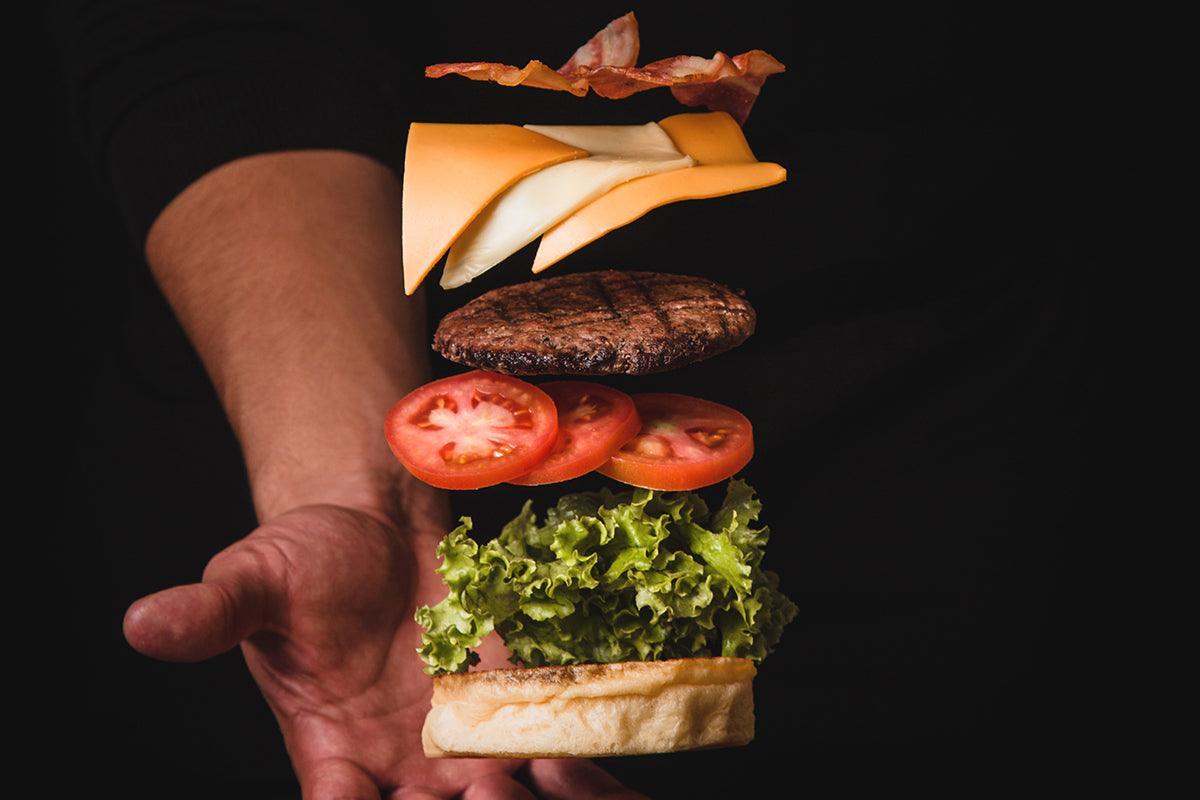Before addressing the topic of this article we must specify that the contents are only suitable for adult users and in compliance with local laws.
Launching into a list of the effects of cannabis on the consumer is a difficult undertaking. The range is very wide and subjective, not to mention the fact that some of these effects are powerful and immediate, others latent. Real, but barely felt.
The psychoactive component of high-THC cannabis further complicates matters. The psychotropic effects found and documented are extremely variable , and tend to cross over into one another without very specific limits. Specifically we will address:
- Cannabis and hunger
- Some possible explanations
- What to do when appetite is unwanted
- Munchies and CBD
If an examination of the effects is almost difficult, a study of the response to cannabinoid stimuli is even more so. Here not only the various subjectivities come into play, but also the difficulty of expressing the distortion of reality in words. And the related transversal sensations, which involve senses and states of mind together.
Therefore, if it is reckless to induce someone to try marijuana on the basis of the erroneous assumption that we know precisely what they will encounter, it is also true that stereotypes can be isolated that few consumers escape. Or which in any case contain a grain of truth.
That is, there is an identikit of " after taking cannabis " in which the occasional consumer will at least partially recognize himself.
Type: frosted and reddish eyes, plush tongue, cold fingers, little propensity for action and strong inclination towards the funny side of reality. And hungry. So hungry.
Cannabis and hunger
A feeling of sudden hunger, unusual because unmotivated, which doesn't care about the actual fullness of the stomach. A craving for food that is not subtle but is not exactly greed. Because taste, like other senses, is heightened by the effects of cannabis and is therefore a hunger that is satisfied by tasting .
This of course does not mean that marijuana turns you into gourmets. Indeed: a recent study carried out by two American economists closely followed the eating habits of American adults residing in areas where marijuana had been legalized, including for recreational purposes.
The data indicates that following legalization, the consumption of biscuits, chips and ice cream has significantly increased: junk food
It should be underlined, however, that this is only an admittedly "observational" study. That is, based on data linked to the consumption of junk food without in-depth analysis with interviews on the real reasons for this increase.
This aspect leaves open the legitimate hypothesis that if someone likes junk food, after taking marijuana they will crave more junk food. What is certain is that in that case he will particularly enjoy it.
This cannabis hunger in Italy is known by the slang term " chemical hunger " and whatever its geographical origin this expression has gone beyond the borders of the province. To become a recognizable motto throughout the country.
Naturally, there were those who immediately saw it as an effective decoy.
And The Chemical Hunger quickly became an ideal name for a place that serves food until late. In fact, there is a "chemical hunger" in Adria in the province of Rovigo, another in Prato and one in Bologna, and find out how many others. And The Chemical Hunger is also the title of Antonio Bocola's 2003 film.
It's like a collective wink: you say the munchies and everyone knows what you're talking about.
The epithet “chemistry” gives a good idea of a hunger that gets out of control: you take marijuana, it comes down and presses a button that triggers hunger. And in fact it is actually a chemical reaction that triggers it.
Today we know that the endocannabinoid system is involved in the mechanisms that regulate appetite. But what do we know about the mechanisms that trigger this appetite and their relationship with THC? The hypotheses are limited.
Some possible explanations
A study conducted on mice by an Italian researcher for the University of Bordeaux highlighted how THC adapts to the olfactory bulb in guinea pigs. By increasing the sense of smell and therefore stimulating the mice to search for available food more frequently .
Replicating the experiment with mice whose DNA had been modified to eliminate their sense of smell, the mice who had taken THC instead showed a normal appetite. And so far everything is clear.
But the issue seems more complex.
According to an authoritative study by Yale University to induce appetite would be the action that THC paradoxically exerts on the group of neurons predisposed to promoting the sense of satiety in human beings. You read that right.
That is: the same neurons that intervene to tell us that the meal is enough and it's time to stop, are "corrupted" to tell us the opposite message.
This characteristic, widely known before an explanation was studied, has recently become an arrow in the bow of those health systems that allow the use of cannabis for therapeutic purposes . In fact, there are many pathologies or clinical conditions that include loss of appetite among the side effects.
Among the people affected by this problem are patients with pathologies that require extremely invasive therapies or people with serious eating disorders such as anorexia. But also more simply elderly people who are affected by the natural lack of appetite that occurs with age and which can compromise their vigor and health.
But at the same time, in an increasingly broad global panorama of cannabis consumption, the other side of the coin has come to light, that is: the problems linked precisely to "chemical hunger" . In other words: not all cannabis users include the munchies among their desired or at least not unwelcome effects.
The reasons are obvious. The aforementioned example of the increase in consumption of junk food, which represents a health plague in the United States, is enough to give an idea of how appetite is not always a symptom of good health. And, more prosaically, there is an age beyond which spaghetti at midnight is a luxury that comes at a high price.
And how to defend ourselves, therefore, when the munchies become a problem and no longer a resource? It depends on who you are.
 What to do when appetite is unwanted
What to do when appetite is unwanted
If you are a connoisseur and can afford the luxury of choosing which type of weed to consume, the predictable advice is to avoid the species of marijuana that openly increase the appetite: Somango XL , Royal Cookies and Pineapple Cush in particular.
But even so, you will be in trouble. If it's good, it will make you hungry. And therefore the only real solution is grandmother's eternal advice: eat healthy.
Of course, celery is not the first thing you want after a joint, but fruit and vegetables constitute an "effective deception" : they generate satiety and are disposed of quickly. More generally, a sachet of sugar will help counteract the cannabis munchies.
And speaking of cannabis: so far we have only talked about THC , the active ingredient par excellence in marijuana.
Munchies and CBD
And light cannabis? What about CBD?
CBD behaves in its classic way towards appetite: it is a regulator , the benefits of which are found through regular and prolonged intake.
To begin with, CBD counteracts the effect of THC (in cases where the two are in concentrations that allow fair competition!) by "preventing" it from stimulating the appetite. And this is one of its highly appreciated characteristics.
But if taken individually in one of the forms in which it is regularly marketed (from oil to crystals through tablets) or if cooked, CBD helps burn calories. Relieves nausea and regulates appetite cycles.
If the article was of interest to you, share it on social media with the rest of the Community, every single share helps us support our blog and keep you 360° informed on the world of Cannabis.
You might also be interested in:









